
Finding an eBay Alternative: The Top 21 Sites Like eBay
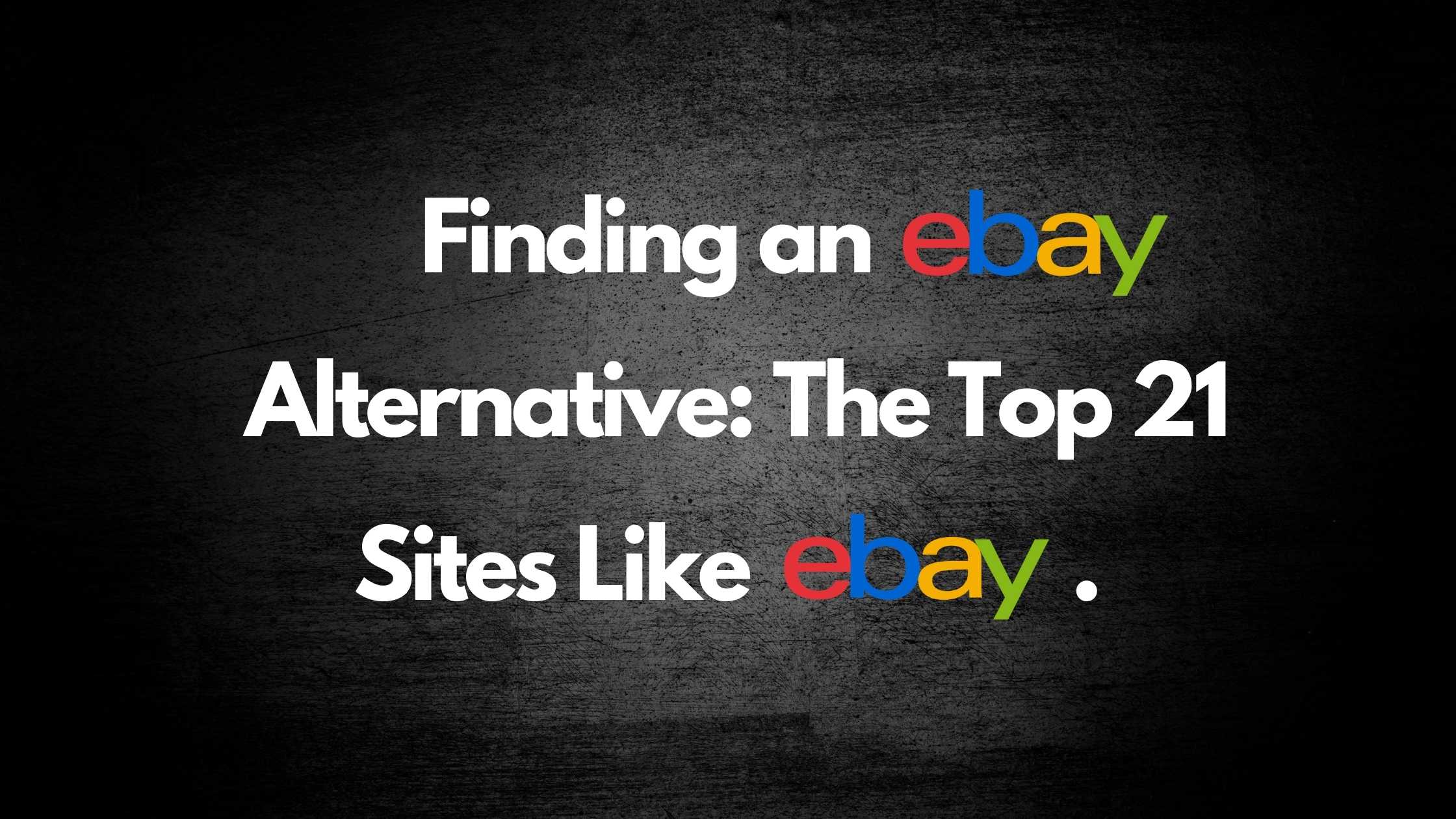
It seems daunting, but it’s possible to find incredible eBay alternatives depending on your needs.
And even though eBay is the yardstick here, newer, probably better, and astute online marketplaces are emerging daily.
Not only to re-imagine online trade but also to address eBay’s unsavory bits (high fees and changed policies).
So, instead of being weighed down by the stress and uncertainty wrought by a single marketplace, why don’t you read through this factual piece to find out which other sites are like eBay?

Selling Things Online or Locally: Your Options
As a seller, you have a preferred mode of selling, informed by experience, or the urgency to realize a sale.
However, what rings true for every seller is that the preferred mode of selling be profitable, convenient, and fast.
With that in mind, below are some of the viable selling options available to you.
Selling Locally
Sometimes all you want is to list your items and wait for a buyer without doing much for the sale. Neither do you want to incur unnecessary costs such as advertising or marketing.
If you’re on a tight budget or in a hurry to sell, this could be your best option.
Another notable advantage of selling locally is that you don’t have to worry about shipping costs. The buyer who is either in your neighborhood or locality can easily organize to collect from you.
Social Media and Facebook Groups
Besides reach in your neighborhood and locality, social media and Facebook groups also expose you to a wider national or even global market.
Though with this, you might have to factor in shipping and advertising costs.
This works best if you’d like to sell faster to a larger audience. Some sellers are known to run profitable ventures and live comfortably from selling on social media and Facebook groups.
Selling on Sites Like eBay
Besides giving you exposure to a diverse market, sites like eBay also deliver an authentic eCommerce experience, right from the moment you list to the moment you complete a transaction.
With these sites similar to eBay, you get to sell online with the same business model yet with certain advantages like freedom to customize your brand online, minimal competition, clearly defined targeted audience, reasonable rates, and peace of mind.
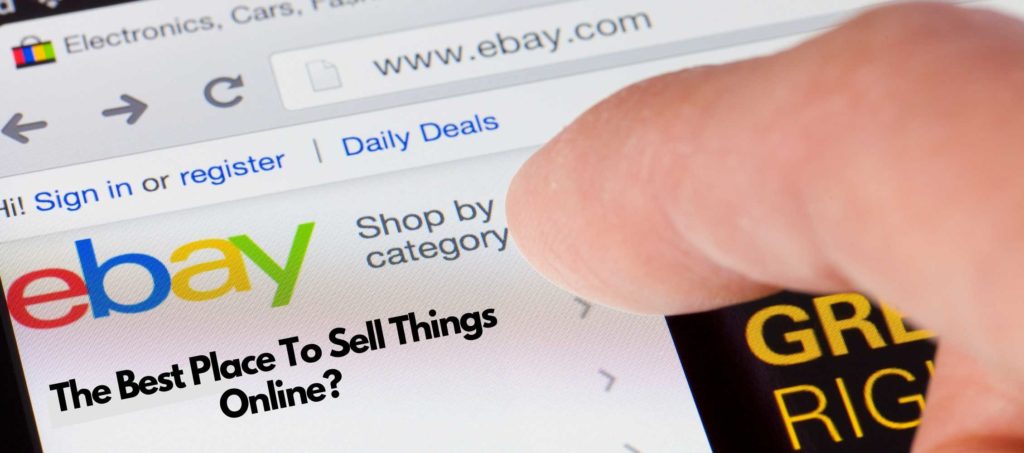
Is eBay the Best Place to Sell Things Online?
According to several reviews and articles on eCommerce, eBay is considered one of the best places to sell things online because it delivers on what every seller wants reasonable profits fast or within a reasonable time. In addition, it offers a safe and simple way to sell your extra stuff online and get a good price for it.
Despite this, though, there are sellers, especially those who experienced an entrepreneurial transformation from the ‘old eBay’ who aren’t convinced of its marketplace prowess anymore and are constantly on the lookout for sites similar to eBay that offer a better overall experience.
What are the Better Alternatives to eBay?
A better eBay alternative depends on what you’re selling and your goals.
Most sellers insist that even though one of their biggest considerations in rating an online marketplace is profitability, there are other pertinent issues. Factors like fees, shipping costs, and returns heavily impact the bottom line and the reason why most of them have an issue with eBay.
Also, eBay alternatives are constantly innovating and building on the eBay business model. For instance, while eBay’s auction-style listing is unique, eBay competitors have mastered it, and some improved on it.
Buyer’s needs and tastes are constantly evolving, perhaps fueled by globalization. Whatever the case, these sites have access to niche markets with serious buyers that are looking for a more enriching experience than what eBay currently has to offer.
Find Where Your Ideal Buyer Shops Online`
These serious buyers who patronize sites like eBay are spread through all demographics but what’s common about them all is that they’re drawn to niche products and don’t want to spend countless hours searching for stuff.
Instead, they want to know where to specifically find fashion apparel, electronics, handmade jewelry, vintage items, and much more. They’d also like to be sure of the quality and pricing.
So, depending on what you’re selling, your first step in finding an eBay alternative should be to understand which online stores sell stuff like yours. Also, what type of buyer prefers shopping there and why.
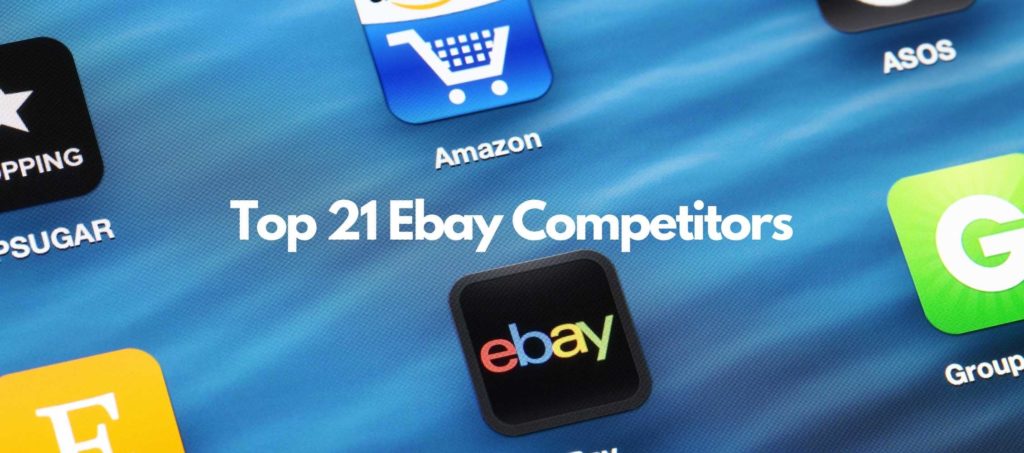
The Top 21 Competitors to eBay
Currently, there are 21 sites like eBay serving various niche markets. Based on what they offer, you can select the best fit for your items or brand. Check them out below.
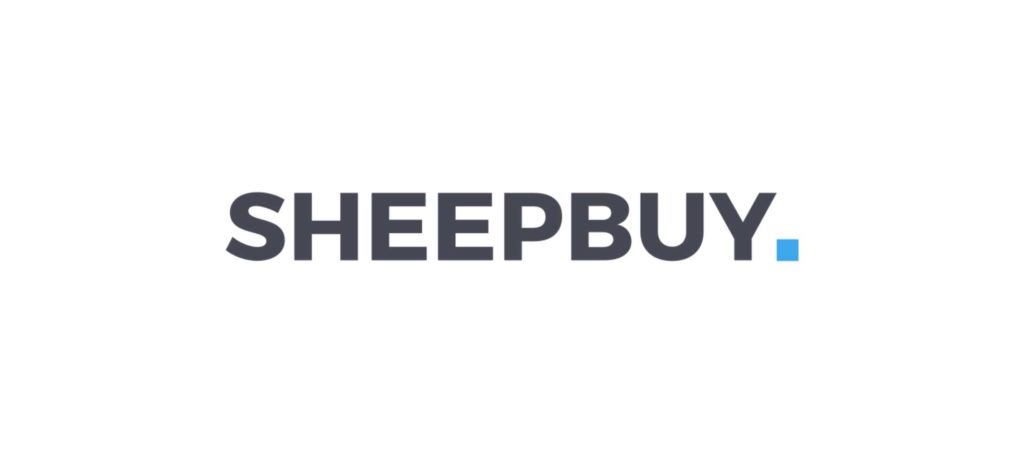
#1: SheepBuy
Want a mashup of the eBay and Craigslist experience? Sheepbuy considers itself a cross between the two and promptly sets out to prove this through its service delivery.
This relatively new site exists to change the way online retailers do business without losing the essentials. Think of anything available on eBay and Craigslist being here too.
Like eBay, a seller’s account is linked to their PayPal account to enable them to post items for sale. Buyers then buy directly from them, with Sheepbuy’s only role in the transaction is to provide the space for buyers and sellers. The seller can ship the items to the buyer or meet up with them if selling locally.
The primary audience is younger millennials and Gen Zs because it’s keen to actively grow this market segment’s prowess in online commerce by creating a level playing field.
While there are no vital statistics on its current market share, Sheepbuy’s core focus is on the vast and unique US market.
What makes Sheepbuy even more endearing is the fact that there’s no limit on the condition of what you can sell, new or used. Products are divided into different categories, such as automotive, books, fashion, and toys. Also, each section has subcategories for more specific items.
Its business model is designed to benefit buyers and sellers alike. Without selling fees, sellers aren’t inclined to hike prices, which bodes well for buyers.
What’s unique about Sheepbuy? The transparency in all its dealings. Regardless of the number of items you sell and how much money you make, Sheepbuy doesn’t claim a cut of the profits, nor does it suddenly spring hidden fees on you.
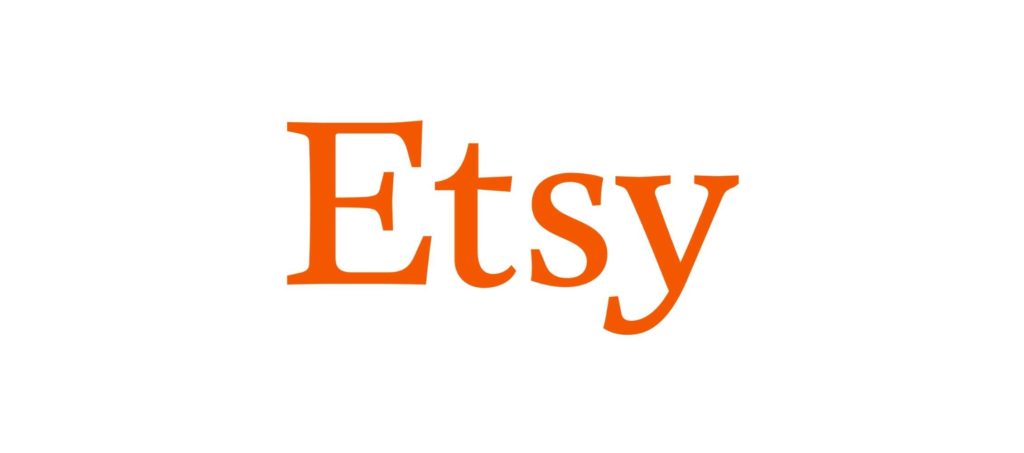
#2: Etsy
If your target market is financially stable middle-aged women interested in handmade crafts, vintage items, and DIY supplies, then you ought to consider Etsy. What’s more, global sellers are allowed to list on the site, which is another reason for it’s massive appeal to this target market.
Etsy sellers are drawn from 234 countries, with the majority, 62 percent, being from the US. The UK ranks second, followed by Canada and Australia.
As of 2019, statista.com notes that more than 2.5 million sellers sold goods through the Etsy platform, up from 2.1 million active sellers in the previous year. By comparison, there were over 39.4 million active Etsy buyers worldwide. For more on this, view the report here.
What other unique opportunities does Etsy present besides a clearly defined target audience?
According to information on its website, which sellers also attest to, Etsy empowers sellers to do what they love and connects them with their ideal buyers. It understands its sellers’ needs and supports them in ways that no other marketplace can or has proven it can.
To start on Etsy, you’ll pay $.20 for each item you list for sale on Etsy.com or Etsy mobile apps.
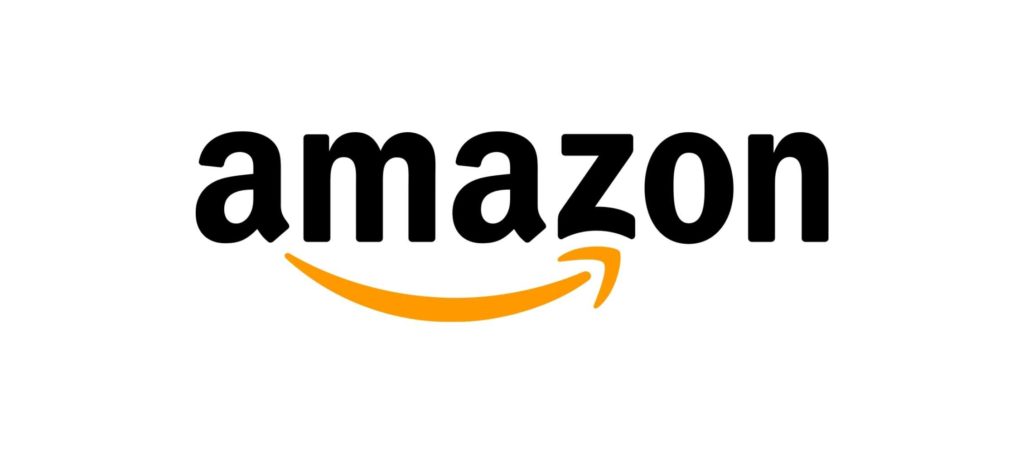
#3: Amazon
Unlike eBay, Amazon doesn’t offer an auction-style listing, making it more ideal for new items and bulk sellers.
Its specialty lies in a vast and broad inventory of 12 million items across multiple categories and services like apparel, electronics, home, music, movies, tools, and more. Due to this variety, Amazon serves diverse niche markets.
Since its inception almost 25 years ago, Amazon has become a master at how to sell online. It continues to advance by developing new products, acquisitions, and various service offerings that continue to enlarge its customer base and ensure there’s always something for everyone.
In addition to selling its own inventory, Amazon allows third-party vendors to list products for sale on its platform. These sellers can also store their products in Amazon’s warehouses or ship them directly to buyers.
In 2020, for instance, over 1.2 million new sellers joined all Amazon marketplaces. Overall, 28.5 percent of new sellers signed up through Amazon in the United States, while India contributed 11.7 percent of new sellers.
What of buyers? Amazon has 310 million active customers, and millennials are its largest audience.
To start on Amazon, if you’re a professional seller, you’ll pay the monthly subscription fee of $39.99, and if you’re an individual seller, you’ll pay $0.99 per item fee.
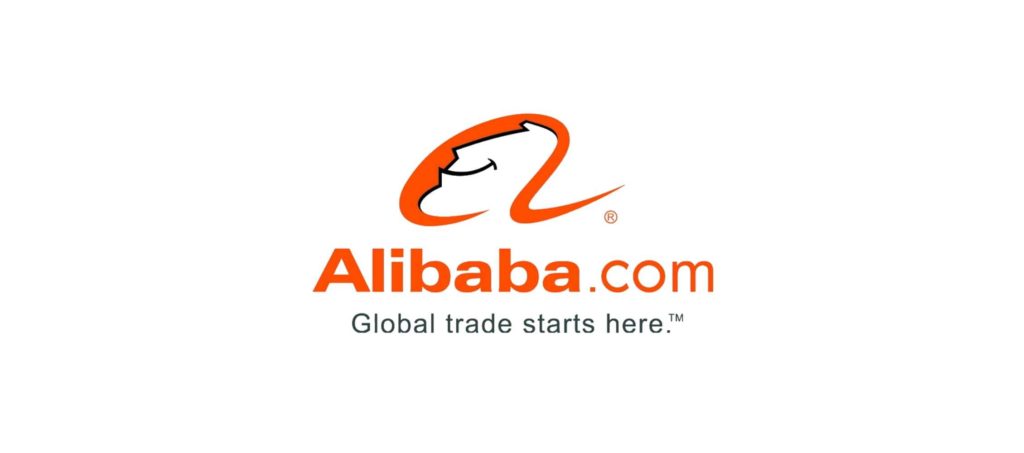
#4: Alibaba
Without a proper brick and mortar retail infrastructure, China’s eCommerce is dominated by Alibaba, which is also the world’s largest retailer and e-commerce company connecting China’s vast supply chain to the globe.
Since 2015, its online sales and profits continue to surpass US retailers like Amazon, eBay, and Walmart.
Its business model is more like eBay’s and is driven by an entrepreneurial network where it provides the selling platform and merchants the products.
Though it departs from the norm in that buyers get direct access to manufacturers this direct contact enables them to receive high volume discounts and create custom products from scratch using their designs.
Alibaba also has specialist sites like:
- Taobao: a C2C site similar to eBay with loads of non-brand name products sold by smaller-unknown merchants.
- Tmall: a B2C site that allows foreign brand names to sell to Chinese consumers.
- AliExpress: a B2C international arm offering international shoppers goods at factory prices without a minimum order size.
The majority of Alibaba’s sales come from apparel and electronics. More than 95% of its 7 million sellers come from China, and it serves a market of 755 million active buyers as of 2019. To further understand why it’s an eBay alternative worth considering, check out this data.
Sellers on Alibaba can join for free. Although, this basic membership severely limits the number of products displayed as well as access to promotional tools, making it functionally worthless for expansion.
At this point, you’re probably wondering what’s in it for you.
Alibaba is mostly suitable for a bulk seller on eBay looking for an alternative marketplace with an almost similar business model. Sellers with smaller inventories or fewer items don’t have much leverage, especially due to the hefty fees and intense competition. It could take years to rise to the top of search results or recoup the expenses.
To further drive this point home, Tmall, the division that targets foreign companies, requires that verified gold members provide a security deposit of up to $25,000, pay annual seller fees totaling up to $10,000, and give Alibaba a 2-5% commission on each sale.
These seller fees are in addition to the 1% charge associated with Alipay, the company’s Paypal-like payment processor.
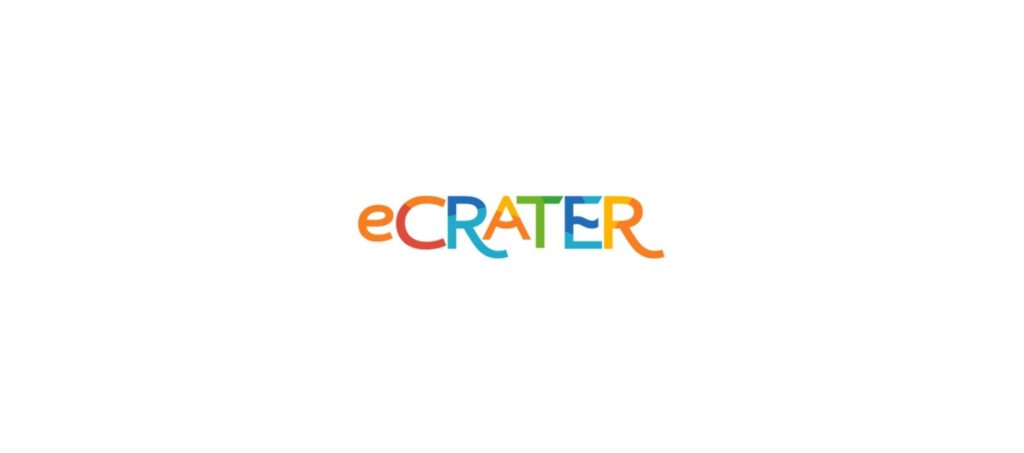
#5: eCrater
Just like eBay, eCrater dabbles in multiple product categories like clothes, electronics, home, music, movies, tools, and more. The only difference is, eCrater sellers have the freedom to create their selling policies.
Sellers love it for the freedom it gives them to set prices and shipping terms as they please, plus there’s guaranteed seller protection.
Every store is free, and a seller can have as many listings as possible without paying a listing fee, and for payment you have the choice of Paypal or Stripe.
eCrater charges 2.9% as commission on every sale it drives through advertising and promotions. However, this fee doesn’t include the cost of shipping, tax, or canceled or unpaid orders, which is a major advantage over eBay and other marketplaces.
Some sellers might wonder why they need to be on an eBay alternative site whose brand name has low recognition and an insignificant market share.
The thing is, eCrater suits any seller, especially a new one or one with a smaller inventory especially if they’re ready to work hard and thrive in a supportive marketplace.
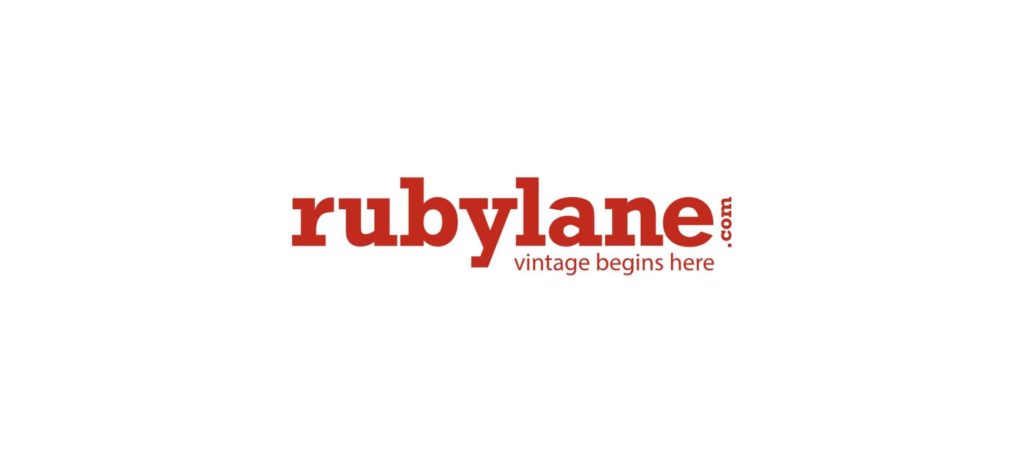
#6: Ruby Lane
Like Etsy, Ruby Lane caters to a specific niche audience that’s interested in antiques, collectibles, dolls, fine art, furniture, lighting, glass, jewelry, porcelain, pottery, and vintage fashion.
In fact, a reason that attracts sellers to Ruby Lane is that its buyers expect to find authentic products, and for this, they’re ready to pay the actual value of an item. No bargains.
What’s more, sellers commend the site for ensuring that its inventory is authentic by weeding out fakes and imitations. It consistently maintains high standards and has strict policies to ensure that every seller adheres to them, thus guaranteeing serious affluent buyers’ continuous flow.
A run through the Ruby Lane website shows its visitors are well-educated and are comfortable buying online. It gets over 1.1 million unique visitors per month or more than 36,000 per day. 85% of Ruby Lane buyers are female, and 93% are aged 40-70.
Furthermore, 58% of users who come to Ruby Lane earn more than $59,000 per year, 35% earn more than $75,000, and 19% earn more than $100,000.
To start on Ruby Lane, you’ll pay a minimum listing fee of $54 per month plus a 6.7% commission on each sale. Although, the listing fee applies whether you make a sale or not.
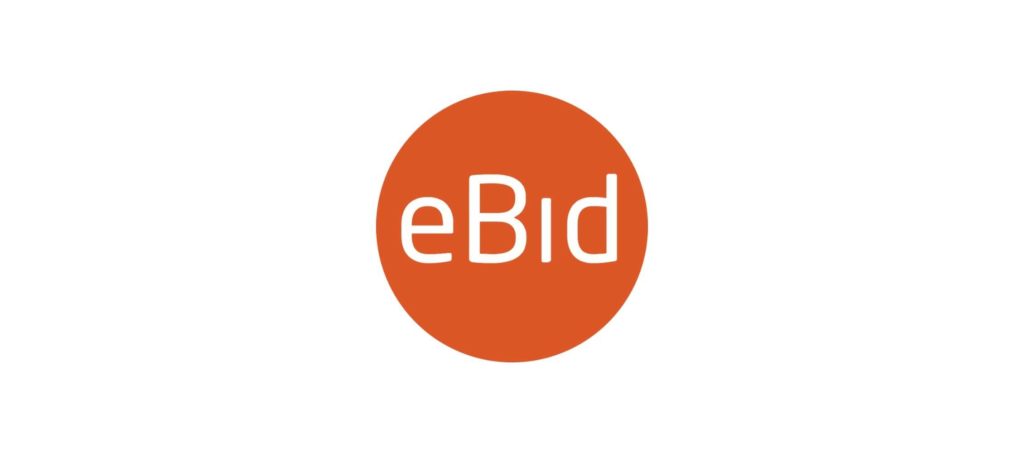
#7: eBid
This is one of the sites similar to eBay as it offers auction-style listing and has a business model similar to eBay’s.
eBid markets itself as an eBay competitor, with the most obvious advantage being lower seller fees. Notably, it averages 15 million unique visits per year, and it’s also got more than 3.8 million live listings in more than 12,000 categories.
The listing type and final value of certain listings’ sales determine the seller fees. If you want to include more photos, create highlighted listings or categories to a listing, this will be an additional cost.
Buyers register for free, while sellers must have a valid credit card, and for additional benefits, they’d have to upgrade their accounts for a subscription fee.
Though eBid is impressive, it’s still not as profitable as eBay. Should you then still consider it one of the alternatives to selling on eBay?
Yes, especially if you want to reduce your dependence on eBay and build your eCommerce skills.
What’s more, the bidding wars on eBid are fewer, you can import your positive feedback from eBay, and there are no listing fees, which means you can sell as many items as you’d like.
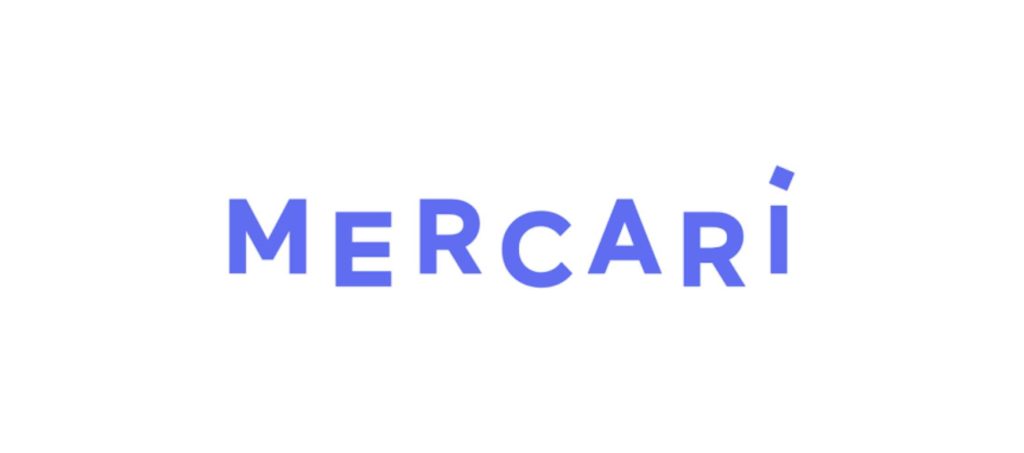
#8: Mercari
This Japanese e-commerce company was launched in 2013, with operations in Japan and the US.
And just like eBay, you can sell anything on Mercari, both used and new, as long as they can be shipped. To ensure everyone’s in the loop during each transaction, it relies on identification verification and reviews.
In 2019, the platform had over 17 million monthly active users, increasing from about 8 million active users in 2016.
What’s unique about it? It restricts in-person meetups and requires that sellers ship the merchandise to buyers. In addition to this, it processes all payments to prevent rip-offs.
You won’t get paid as a seller if a buyer doesn’t rate you and vice versa. However, if a buyer doesn’t do the rating within three days, the system automatically releases your pay.
As an eBay alternative, Mercari is best suited for sellers with smaller inventories who want to sell fast at a reasonable profit. To know what sellers have to say about this platform, check out this article.
Remember, there’s no listing fee on Mercari, but you’ll part with 10% commission fee for every sale plus a $2 processing fee for direct deposits under $10. There’s also a $2 fee if your bank rejects a direct deposit transfer.
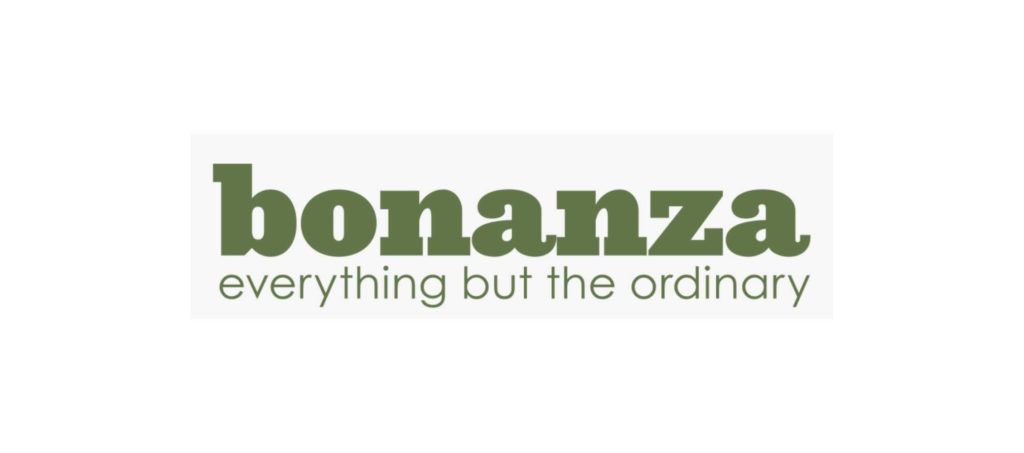
#9: Bonanza
To sell online, one of the sites similar to eBay you must consider is Bonanza. It doesn’t produce, house, or ship any inventory.
This site provides the space and infrastructure for buyers to pay sellers directly and sellers to ship their goods directly to the buyers.
Bonanza allows you to sell any used or new item to anyone globally without paying listing fees or paying to open an account.
The only thing is, you’ll need to factor transaction fees, optional advertising, and membership costs into your budget. To gain a better understanding of their selling fees structure, read this.
Due to these flexible terms and friendly policies, artists and small handmade sellers are increasingly turning to Bonanza, making it a better source for these items than eBay.
As of 2019, it had about 44,000 sellers and about 51.3 million visits.
Best part? Bonanza’s integrations allow you to import your products from other online sites like eBay, thus enhancing your sales.
So, is it the best alternative to eBay?
Largely it depends on your needs, but unlike eBay, Bonanza’s products are unique and extraordinary. So, if your merchandise is not the ordinary kind, you’ll be right at home on this platform.
Most sellers’ reviews also agree on its profitability. Their sentiments are that it’s relatively easy to use, has wonderful customer service, and is cheaper and fairer than eBay.
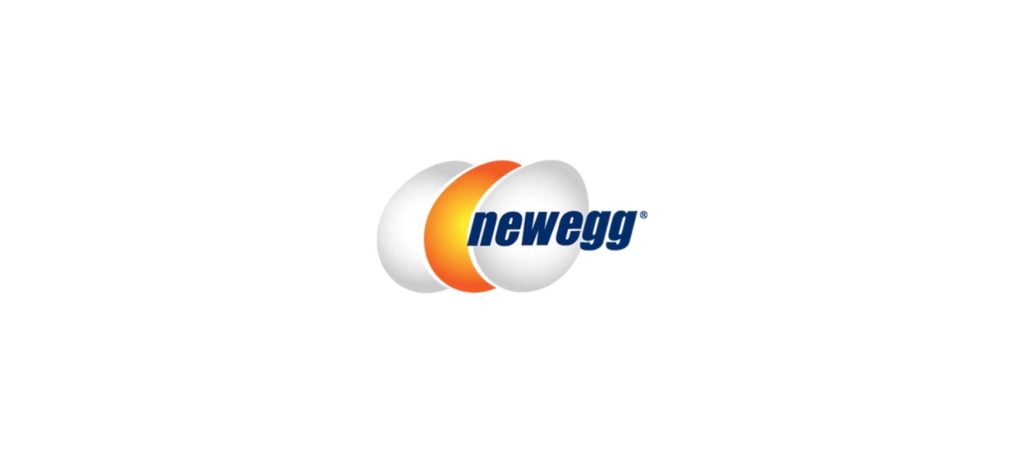
#10: Newegg
Any seller looking to sell new consumer electronics, computer hardware, and accessories to a discerning audience has to seriously consider Newegg, a veritable eBay alternative, as the place to be.
This site has built a vibrant niche market for technology enthusiasts as it specializes in a comprehensive inventory of the most current consumer electronics.
Further, to enhance the user experience, it shares detailed product descriptions, images, how-to information, and customer reviews.
If you list on it, you’ll have access to about 50 countries and almost 32 million active buyers as a seller. Tech-savvy men between the ages of 18 and 35 are its largest audience.
For starters, both US and non-US based sellers are eligible to apply on Newegg. The commission ranges between 10 and 15 percent for US sellers and is fixed at 12 percent for global sellers.
With that, is Newegg one of the worthy eBay competitors to consider?
If you weigh in on some of the buyer feedback, then yes. Buyers recommend it because it makes it easy to find the best deals even for refurbished computers, buy and get any product quickly.
Their “Custom PC Builder” feature gets accolades because it’s also quite useful as it makes it possible to obtain all the necessary parts of a computer, thus saving time.
For sellers, it also provides a B2B marketplace, Newegg Business, where you can sell in bulk to over 150,000 businesses in the US.
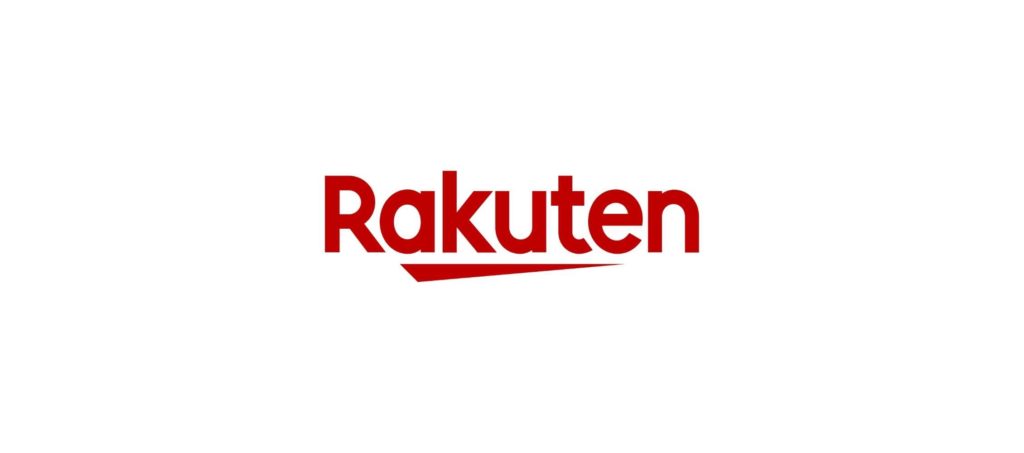
#11: Rakuten
Like Mercari, Rakuten is another Japanese B2B2C platform and quite popular at that. In 2019 it reportedly had over 49,000 sellers, 115 million buyers, and sales of $37 billion.
However, Rakuten’s United States marketplace stopped taking orders in September 2020 due to pandemic challenges.
In practice, sellers have the free will to set up shop and create their selling policies. This marketplace only provides the platform and payment gateway.
It’s also an invitation-only e-commerce marketplace; hence you’ll need approval before you can start selling.
Once an application is listed, Rakuten takes 3-10 business days to screen the application, which largely depends on the catalog size.
Once your application to sell is accepted, there are three ways to list:
- Upload manually using Rakuten’s web tool
- Batch upload via feeds
- Use a third-party service provider
Rakuten’s fees are a bit higher than eBay’s. You pay a $33 monthly seller fee, a product category fee of between 8% and 15%, and a $0.99 fee per item sold.
Can it, therefore, be considered an eBay competitor?
Only if you want to escape the intensity wrought by eBay’s intensely competitive marketplace or would like to take on the Japanese market.
Can it, therefore, be considered an eBay competitor?
Only if you want to escape the intensity wrought by eBay’s intensely competitive marketplace or would like to take on the Japanese market.
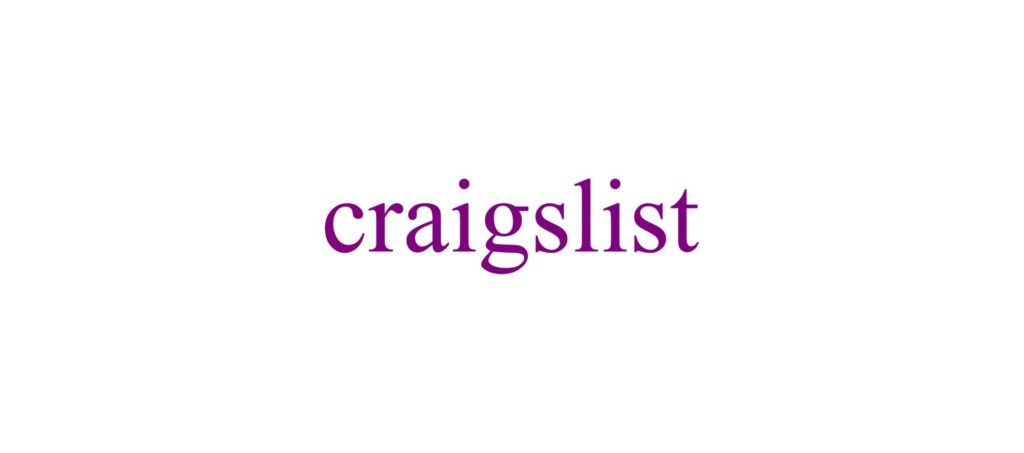
#12: Craigslist
Craigslist is the No. 1 classified advertising site globally, both by revenue and traffic. It serves 700 cities spread across 70 countries and has an estimated 50 billion views each month.
Ever since Facebook Marketplace launched, some people have been touting that Craigslist is irrelevant now and in the future and not even worthy of consideration as an eBay competitor.
Perhaps this stems from the fact that Craigslist offers no protections, payment gateways or guarantees not only to the seller but buyer as well. It’s up to you and the buyer to carry out thorough due diligence before transacting.
But others are still optimistic, saying that it all depends on what you’re selling and where you’re located.
Despite Craigslist’s bad press over the years, it has some real diehards in older males because it’s still the most viable online marketplace for some specific items.
It’s most suited to sellers who want to sell locally (some are even drawn to the social aspect of in-person meetings) or need to sell bulky stuff that can’t be shipped like certain appliances, real estate, and affordable, roughly used cars.
The appeal is also because Craigslist is profitable, especially for those who’ve mastered it. It’s also easy to use, and you don’t have to deal with returns. In the last quarter of 2019, the site launched a mobile app which has been received quite positively by its adherents.
Sellers also praise the platform for the autonomy it lends them. No commissions are charged on sales, and you’re guaranteed visibility and traffic.
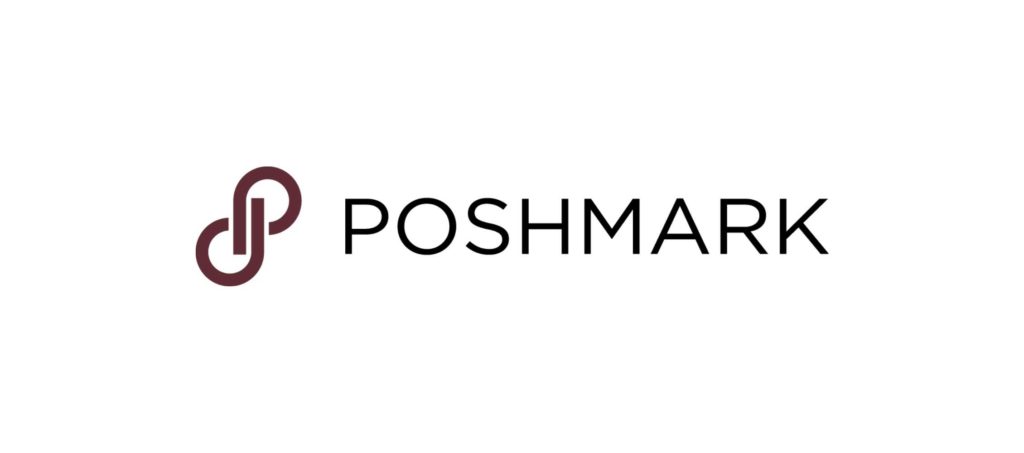
#13: Poshmark
Being another online store like eBay, Poshmark is a platform for people to buy and sell new and used clothes, shoes, accessories, and household goods.
With 40 million buyers and 5 million sellers, it’s a significantly popular online marketplaces in the US.
Sellers describe it as easy to use, has no listing fees, and remains so until the item is sold or is canceled.
Though the selling fee is high at 20 percent for sales above $15 (sales below $15 are charged $2.95), Poshmark more than makes up for it by regularly submitting items to Google and promoting its sellers.
As a seller on Poshmark, you can be sure that you’ll not only benefit from its significant traffic and friendly policies, but it also takes away the issue of the returns, with its 3-day return policy.
Unlike eBay, which has a 30-day return policy, any sales on Poshmark stays sold if there’s no feedback after three days.
Once a sale is complete, your earnings are automatically released on the fourth day of delivery to the buyer.
Poshmark’s main advantage over eBay is that it’s supportive to sellers by creating favorable policies and working hard to push sales. If you’re a seller keen to build your brand in a non-turbulent environment, this could be a good place to start.
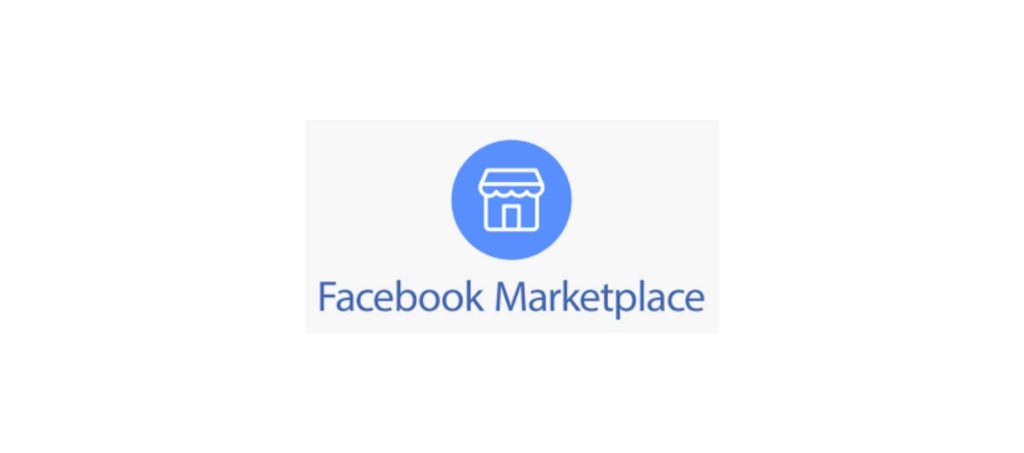
#14: Facebook Marketplace
For years, Facebook has had tons of unofficial buy and sell groups that record massive sales. Thus, it launched the Facebook marketplace to harness this potential.
The Marketplace makes it exceedingly easy for buyers to find items for sale in their vicinity and buy through Facebook Messenger.
What’s even more interesting is that most of its users outside of the US access it on mobile because the app is already adapted for this.
Its current market reach is massive, with users spread across almost 70 countries, with over 800 million active users.
Whereas listing on the marketplace has always been free, and you don’t even need to have a Facebook account, there’ll now be a 5% selling fee for every sale above $8.
Anything below that is charged at $0.40. These selling fees, as the platform calls it, include taxes and payment processing costs.
Shipping has also been included, meaning you don’t have to meet a buyer if you don’t want to. To get paid hassle free,you should ship within three business days and provide tracking information to the buyer.
Facebook Marketplace is perfect if you’re looking for an alternative to selling locally, reasonable buyer protection, or want access to a larger market without incurring eBay’s high fees.
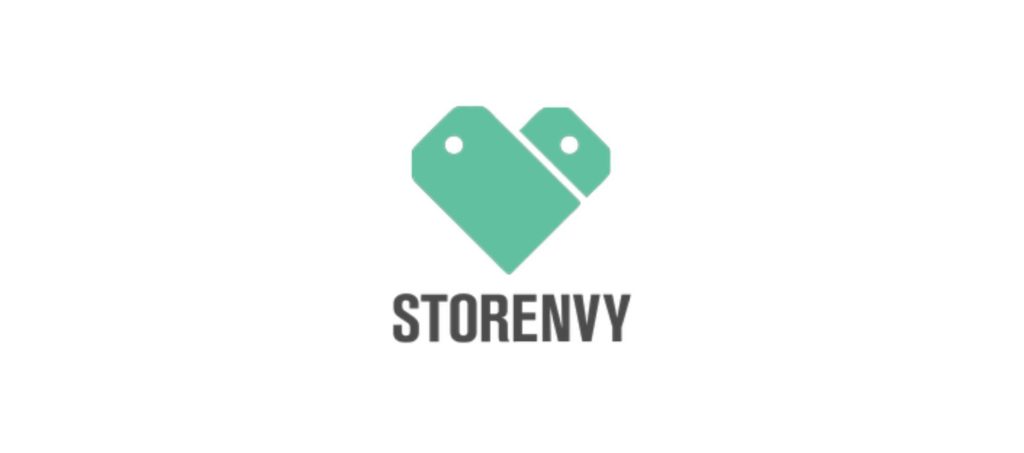
#15: StoreEnvy
This eBay competitor provides a niche platform for emerging designers with small inventories and low price points. While it has about 5 million active users, it’s primary audience is a young and hip demographic.
When selecting sellers, the site insists on unique and high-quality items to maintain its competitive edge.
It’s also the ideal place to discover independent retailers and has a shopping website with its own social network.
Unlike eBay, the starting price point on StoreEnvy is higher, which helps to weed out counterfeits or cheap imitations.
To double your chances the platform allows you to utilize both your own online store and the social marketplace.
It’s free to list up to 500 items at a time, there are no monthly subscription fees, but there’s a 15% selling fee that includes shipping.
If you choose a paid store plan, on the other hand, pricing starts at $14.99 per month, and the same commission policies apply.
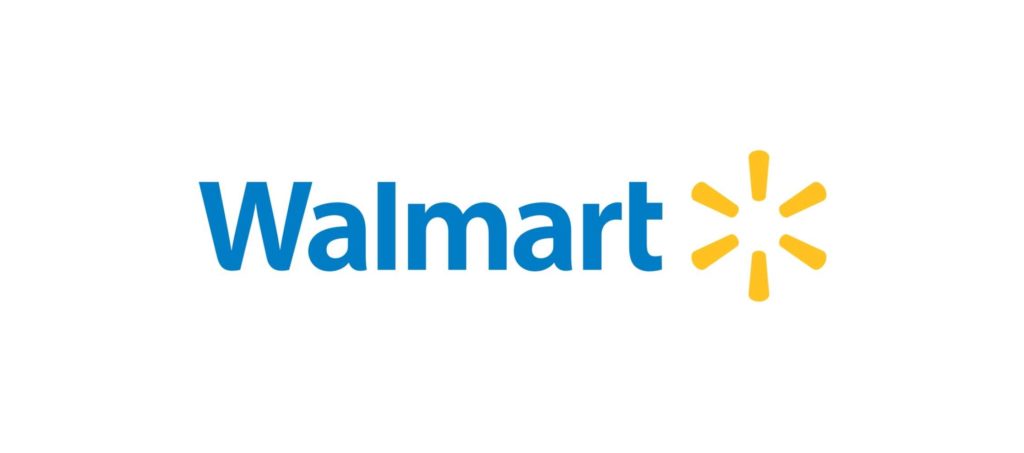
#16: Walmart
The launch of Walmart Marketplace has added another best alternative to eBay.This marketplace allows select third party sellers to list their items on the Walmart website in a process similar to eBay’s.
In 2019, Walmart notably had more than 111 million unique visitors. You’re not required to pay subscription fees but you should expect a referral fee which ranges from 8% to 20% of your product’s selling price, depending on the category.
The downside though is that you should expect lower margins because Walmart encourages bargain hunting.
Why should you list on Walmart Marketplace?
Exposure to Walmart’s massive audience can be a major boon, especially to bulk sellers. Solid brands stand to do exceptionally well on this platform.
Being on this platform could also do wonders for your brand’s reputation, as being associated with a brand of Walmart’s magnitude is no mean feat.
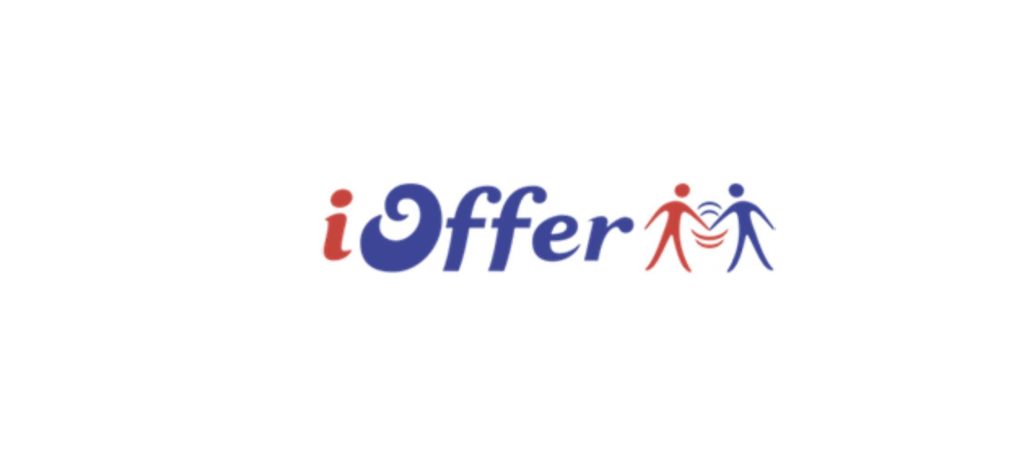
#17: iOffer
Just like eBid, this is another one of the auction sites like eBay. iOffer connects buyers and sellers from around the globe, then invites buyers to place bids for items.
As a seller, you’ll list a fixed price in a transaction similar to eBay’s “Buy It Now” feature. A buyer can contact you to offer a lower price, and the transaction will be considered complete if you accept it.
The platform has over 2 million products for sale in a wide range of categories that aren’t commonly found in regular brick and mortar stores. This then serves to attract diverse buyers with wide-ranging needs and tastes.
iOffer doesn’t charge a listing fee in most cases, though it charges a fixed fee for ads that mention a “popular brand name keyword” in the title.
The site also charges a selling fee that takes into account the type of product and the total sale price including shipping. eBay doesn’t take shipping into account.
As one of the alternatives to sell on eBay, iOffer works best if you’d like to test new items on the market and don’t want to pay listing fees if these items don’t attract buyers.
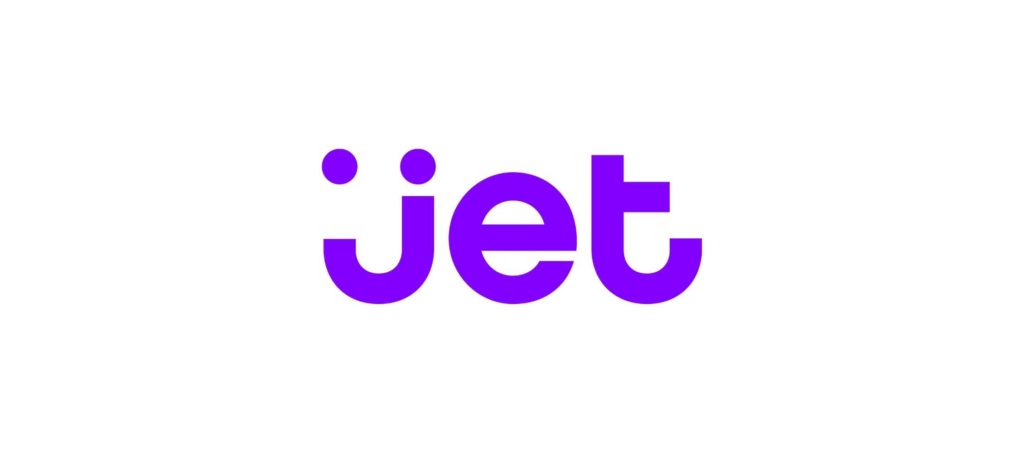
#18: Jet
This platform caters to an ever-growing savvy urban millennial demographic of over 400,000 users in the US and more than 2,400 retailers and third-party sellers.
Jet’s main aim is to give buyers the lowest possible price using a real-time pricing algorithm. To make this possible, it considers factors like the distance from the warehouse, number of items to be bought, and waiving the right to return an item.
Other benefits to sellers are that it promotes equal selling opportunities for sellers because buyers only know a seller at the checkout point. There’s also less competition because there are fewer sellers as compared to eBay.
In terms of starting out, the only fees you should expect to pay is the 15% charge for most items you sell, though it’s somewhat dependent on the particular product category.
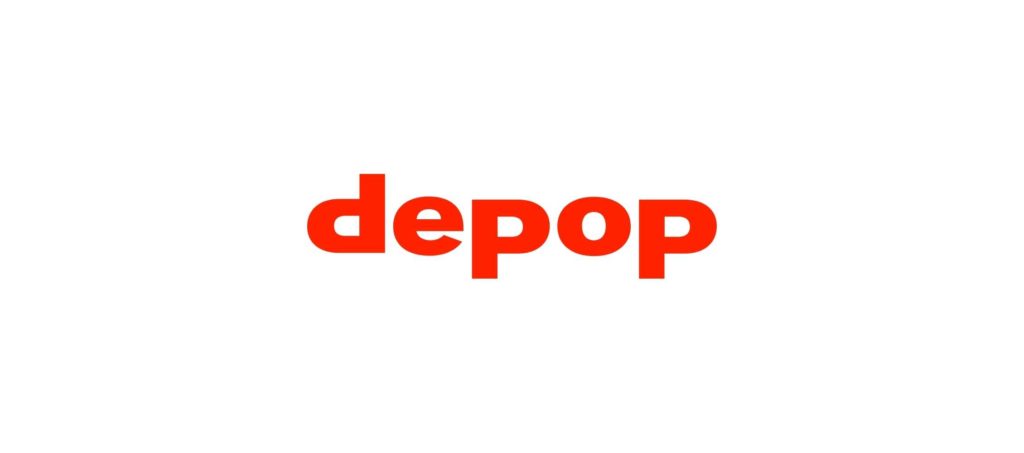
#19: Depop
With more than 15 million registered users, Depop is a marketplace that allows fashion thrift enthusiasts and influencers to buy and sell remotely. Most seller items are used fashionable clothes and vintage garments.
On Depop, you can sell brand new or used fashion items from your own closet to your own brands, whether clothes or something else that’s bound to be popular like jewelry or makeup.
Those who’ve used it compare it to eBay and Instagram. Photos and profiles appear in a feed so users can scroll through and see what they like. Depop has carved a niche with teens and young adults while some older social media influencers are sellers on the platform too.
Something interesting about Depop is that as a seller, if you do well and attain a top seller slot, you automatically qualify as an influencer on Instagram and YouTube, and that spells more profits for you.
To start out on the platform, you’ll pay 10% sellers fee for each sale including shipping costs. The charge will be taken from your PayPal account or the card you are using for payments on your Depop account.

#20: ArtFire
Besides being a reliable source for assorted crafts supplies, Artfire is home to all types of artisanal products.
It considers itself a community of artists, designers, and small businesses from around the world brought together by their love of handmade crafts and vintage items. And that’s ArtFire’s main appeal.
Sellers with smaller inventories want to feel they’re part of a supportive community, and ArtFire provides this in spades.
For instance, a buyer can filter their searches by merchant size so that they buy from a preferred seller. Some buyers are adamant about buying from smaller sellers.
Listing is free, but there’s a seller’s fee of 9% for every sale.
While ArtFire is smaller than eBay, it’s the perfect platform for a seller interested in a niche market with serious buyers.
As an artisan or expert in these types of products, you don’t want to deal with bargain hunters who’ll not appreciate the weight of your creativity or investment.
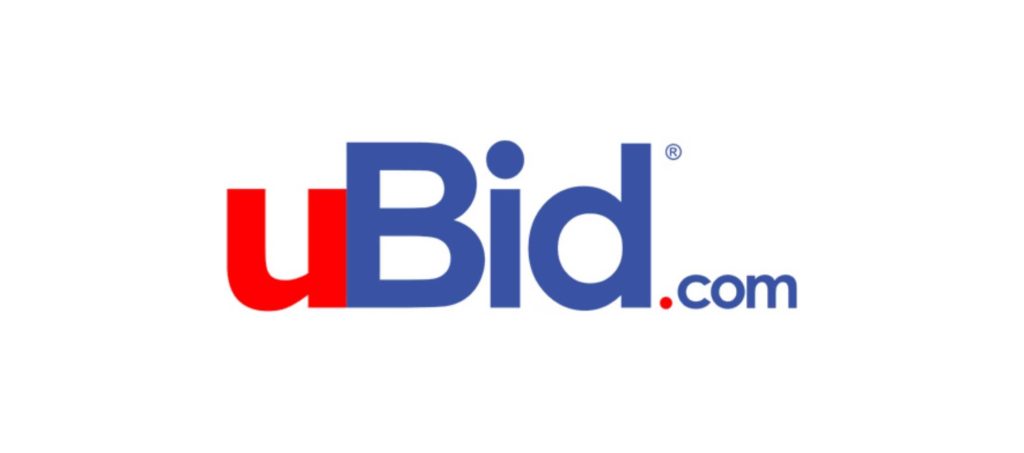
#21: Ubid
Just like eBay, uBid sells items either through auction listings or fixed – price listings. To sell, it takes three approaches:
- uBid DIRECT: where it acts as the seller.
- uBid PREFERRED PARTNERS: relies on certified third-party sellers.
- uBid CONSUMER EXCHANGE: uses eBay’s peer to peer selling model.
It uses these listing styles to sell its broad inventory with 25 categories of 5 million products. These are either new, used and/or refurbished fashion apparel, consumer electronics, and computers.
The auctions have set end dates, and bidders can set the highest amount they are willing to pay and be notified when they are outbid.
In terms of users, it has five million registered as well as relationships with manufacturers like Apple, Kodak, Canon, Sony, and Samsung.
Registration is free, but unlike other online auction sites, registered users can’t be sellers. All lots are available directly from sellers or bought by uBid to sell.
As a result, fees are only based on shipping costs (shipping outside the continental US, for example, may cost more than shipping within it).
There are no listing fees, and there is a flat-rate final value fee of 5% no matter how high the selling price reaches.
Why Popular Websites May Not Be The Best Option
Most sellers believe that being on popular websites like eBay automatically guarantees profits and an amazing seller experience.
Thing is, these websites are also in it for the profit and will only go an extra mile for the sellers increasing their bottom line.
Moreover, it’s not easy to make a profit in an overly competitive market like the one presented by these popular websites.
Smaller upcoming sites on the other hand, are like a blank paper waiting for you to draw a road map. They present potentially significant and unlimited ways to grow your brand or business.
It won’t be easy. You’ll need to put in the work, but at least there’s no fear of hidden fees being sprung on you or other predatory tendencies that are serious drawbacks to your business goals.
Sheepbuy: A better way to sell
What is the best alternative to eBay? A functional marketplace that ensures sales are made, orders fulfilled, and payments received.
But more so, an excellent one that builds on these basic tenets by finding a better way to sell.
With all eBay alternatives reviewed, Sheepbuy makes a strong case because it answers this.
On its website Sheepbuy states: We cater to “the little guy.” Not everyone wants to become an eBay super-user. We wanted a platform that was created for casual users, and used by casual users.
Your PayPal account links to the site. So, when your item sells, the money goes directly to your PayPal account. There is no intermediary involved, and no fees are incurred whatsoever.
Cool right? Keep reading for more on its business model.
Free Listings
As long as you’ve created an account that’s linked to a verified PayPal account, you can list up to three items per month for free. There are no middlemen, neither will you pay any commission for the items sold or bought on this site.
No Hidden Fees
Sheepbuy isn’t like eBay to spring unexpected fees on you. Neither are these fees drawn in fine print somewhere away from plainsight. However, you should expect the standard PayPal transaction costs.
Sounds too good to be true? Believe them, there’s no catch. You won’t be charged at all for posting or selling items.
Although Sheepbuy is only available to the US market, an international seller can list if they have a US PayPal account and the products readily available in the US.
Getting Started with Sheepbuy Today
Is your mind made up? To start on Sheepbuy, here’s what you need to do:
- Understand what it entails
To start selling on Sheepbuy, you first need to know their selling fees structure:
| Basic Plan | Starter Package | Plus Package |
| Free | $2.99 per month | $12.99 per month |
| Sell any three items, at any given time per month. | Post up to 25 items at any given time in a month. Each item can have up to three of inventory each. | Post up to 150 items at any given time during the month. Each item can have up to five of inventory each. |
For instance, say you’re on the basic plan, it means there’s no cost if you’re selling up to three items at any given time per month for as long as you’d like.
Sheepbuy doesn’t limit how many times you sell the item during the month, so if you have three free listings and your item sells, you can relist as many times as you want during the month. The same applies to all paid plans as well.
- Choose a preferred plan/package:
Depending on your selling goals, choose a selling plan or package.
Creating a seller’s account is quick and smooth and won’t take you more than 10 minutes to list an item or two.
You have the freedom to connect with buyers, set plans, and make the exchange.
Remember to include shipping details while you list and as you set the price. These details include applicable sales taxes, the quantity, shipping method, and the location the item will be shipped from.
Sheepbuy won’t claim any part of your earnings, they’re entirely yours to keep.
- Payment mode:
You can only receive payment through PayPal or any credit cards or payment channels acceptable to PayPal.
Because it’s still at the beta stage of its formation, this is part of Sheepbuy’s business model where it prefers to have a single payment mode as one of the ways to deliver a wholesome, seamless experience for sellers and buyers alike.
- Seller Protection:
Being one of the most contentious areas for sellers, Sheepbuy doesn’t have a standalone policy on this. Instead, it relies on the protections afforded by PayPal like fraud and dispute resolution. Read more here for information on how this works.
Further to protect sellers, Sheepbuy’s customer services issues constant feedback and advisories on how to conduct business.
For instance, sellers are advised not to sell ‘outside’ the site as this is how they fall to fraudsters or scammers. They’re also advised not to share private information with anyone outside Sheepbuy and if they have to meet anyone in-person, to take all necessary precautions for safety.
- Returns Policy:
Even though Sheepbuy doesn’t get involved in a transaction’s process, it has set up certain measures to equip every discerning buyer.
For instance, before a buyer commits, they’re expected to scrutinize each seller’s information and carry out their due diligence, even contacting Sheepbuy if need be.
As a rule, each listing must have a vivid description, condition of the item, a return policy, and shipping information.
A buyer should also review the PayPal Protection Policy in detail to know what’s covered and what isn’t.
- The User Experience:
Sheepbuy is product-oriented, and if you’ve signed up on it, your core purpose is either to buy or browse to buy.
It therefore goes all the way to empower the entire transaction process and then leaves it to the buyer and seller to create a fulfilling experience.
It does this through an amazingly easy-to-use interface.
- If you want to know the lay of the land right from the start, check out the site map.
- All information is shared at a glance, and you can scroll to view it all.
- When you click on the Sheepbuy logo, it takes you to the top of the home page.
- Customer Service and Feedback Process:
To keep the Sheepbuy Marketplace transparent and efficient, you can rate your experience with the Seller by navigating to your purchases from the drop-down menu in the right-hand corner under ‘My Account’.
From your purchases, you’ll see the option to rate your purchase, where you’ll be prompted to give a 1-5 star rating, as well as any comments or concerns about your experience.
In a nutshell, Sheepbuy gives you the following benefits:
- Your listings are open to buyers all across the United States.
- Receive funds instantly into your PayPal Account.
- No long term commitments, plans are month to month, cancel anytime.
- Safe and Secure.
- Sell for free with the basic plan.
Finally, Sheepbuy is a new platform still in the beta stage, which means that your market is not saturated yet.
With it, you get autonomy to build an awesome brand as you’d please, all the profits are yours, and you also get unhindered support to succeed.
Test it out, and use it to sell new or used items. If you are interested in listing your items click here to go to the create a Free account today.
Good luck!
TRENDING

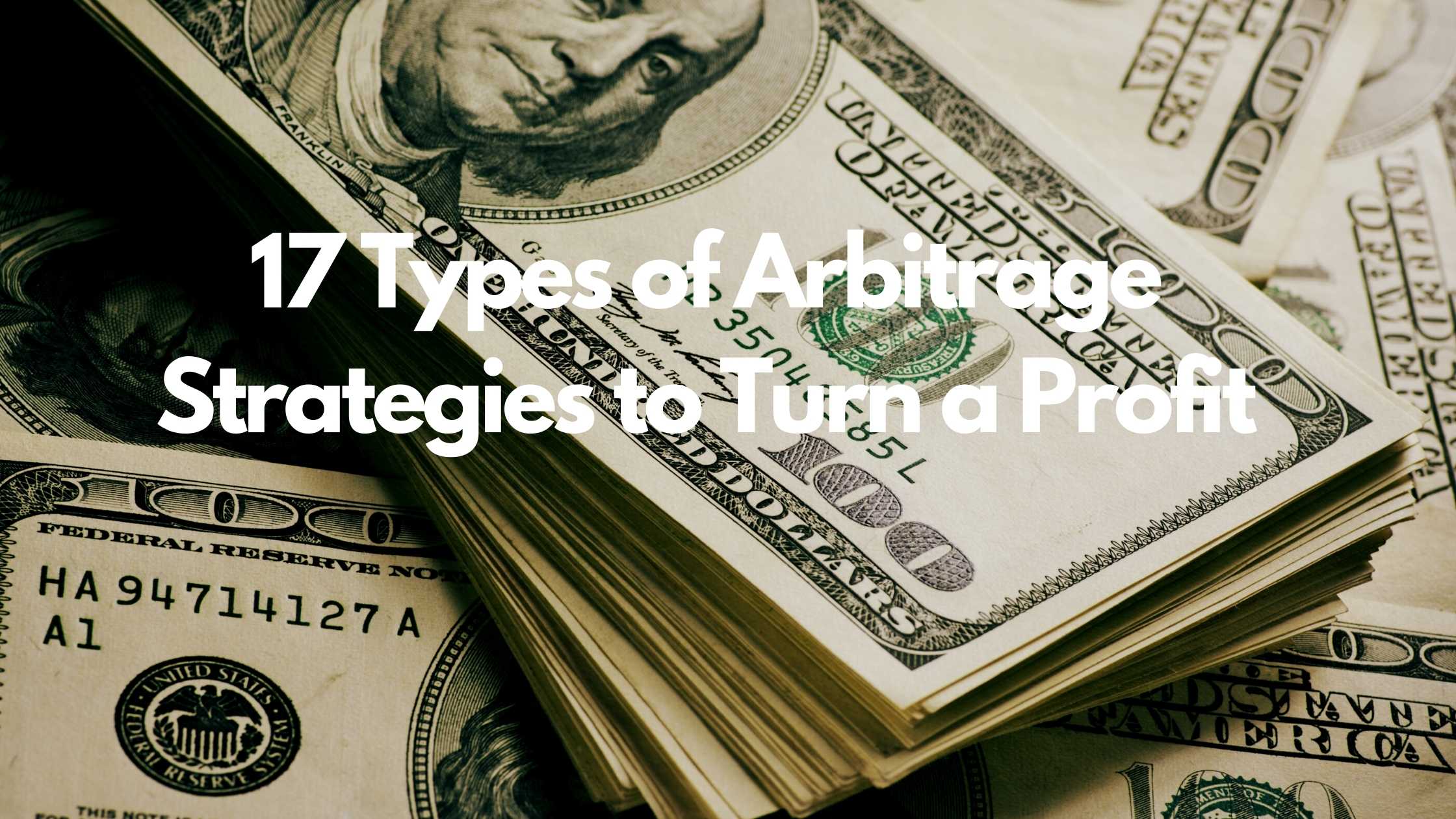
17 Types of Arbitrage Strategies to Turn a Profit
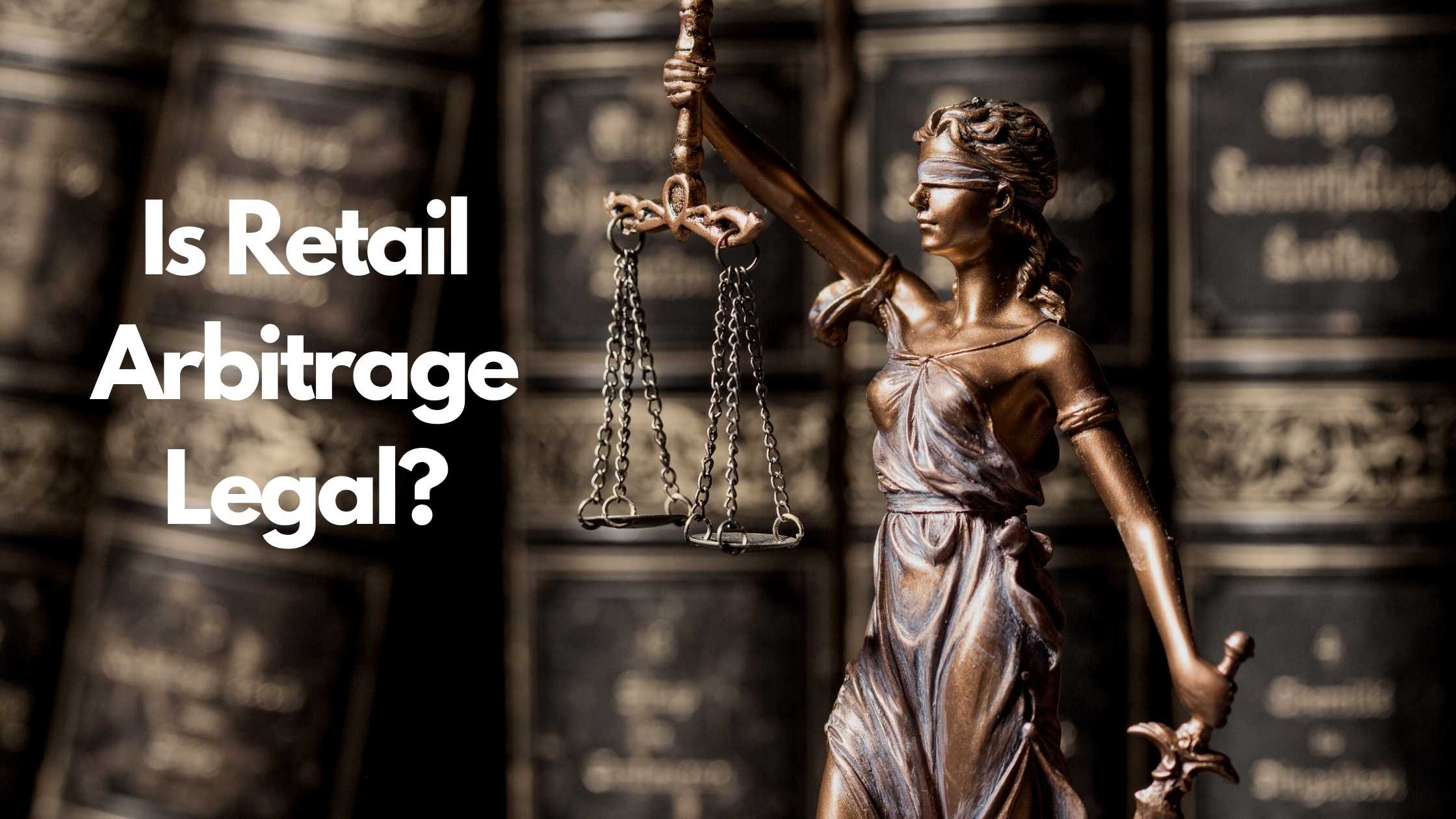
Is Retail Arbitrage Legal?

How to Turn Textbook Arbitrage into a Business for Profit

How Can You Tell if a Book is a First Edition?

What to Do With Your Jigsaw Puzzle When Finished?
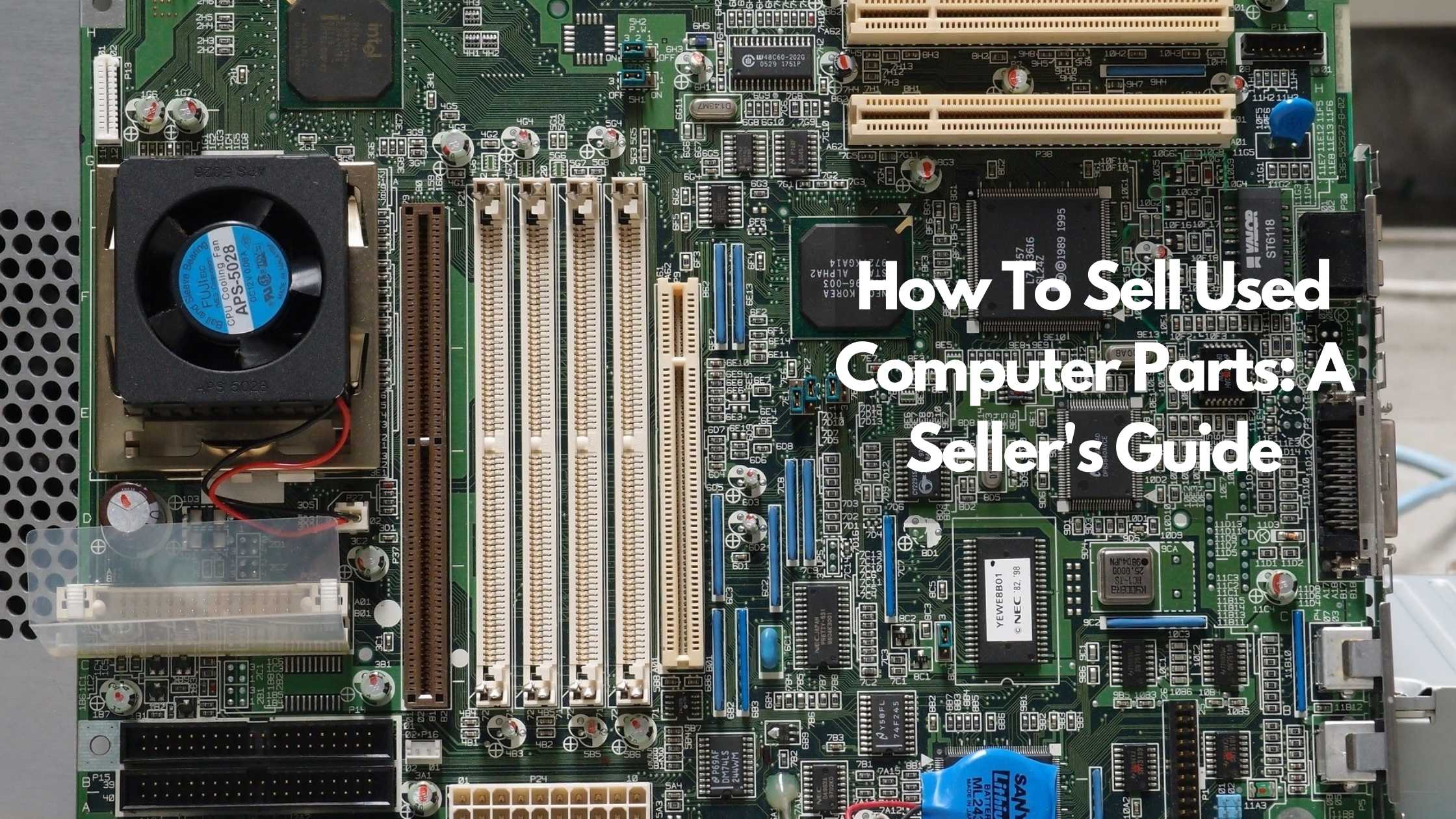
How to Sell Used Computer Parts: A Seller’s Guide

